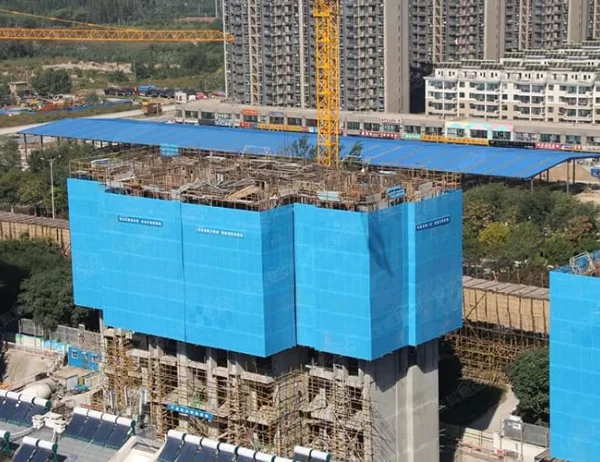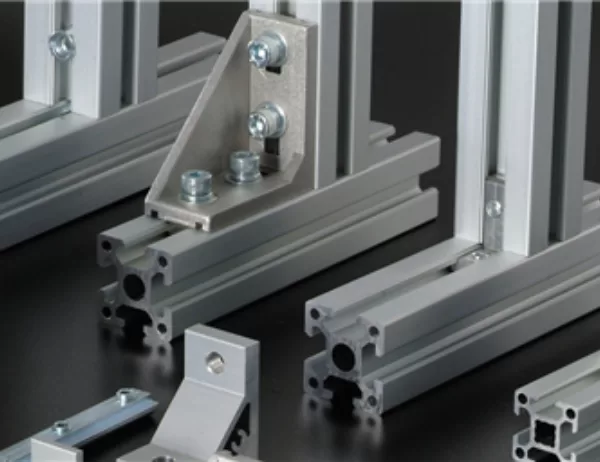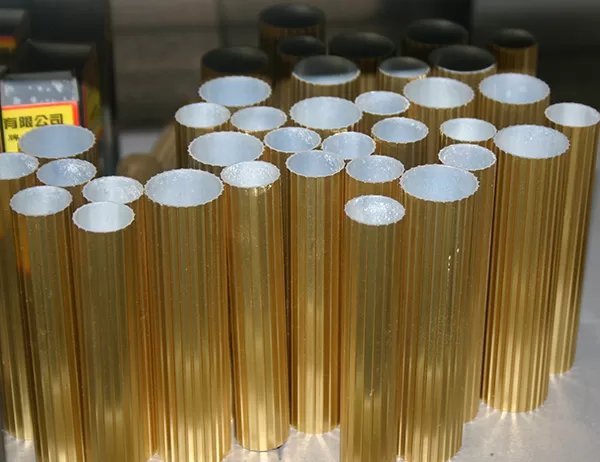Understanding Aluminum Tube Properties
100mm aluminum tubes offer an array of desirable properties for diverse applications. They are characterized by:
– Lightweight: Aluminum’s low density makes it a cost-effective and lightweight material.
– High strength and durability: Aluminum tubes withstand significant loads and mechanical stresses, ensuring longevity.
– Corrosion resistance: Aluminum’s oxide layer protects it from corrosion, making it suitable for harsh environments.
Factors to Consider in Selecting a 100mm Aluminum Tube
Choosing the appropriate 100mm aluminum tube requires careful consideration of several factors:
Application Requirements
The intended application profoundly influences the tube’s specifications. For instance, tubes used in structural applications require high strength and stiffness, while tubes in automotive applications prioritize weight reduction and corrosion resistance.
Tube Diameter and Thickness
The tube’s diameter and thickness directly impact its load-bearing capacity and rigidity. Applications requiring heavy loads and bending resistance opt for thicker tubes with larger diameters.
Alloy Composition
Various aluminum alloys provide tailored properties. Common alloys for 100mm tubes include 6061 (high strength and weldability), 6063 (corrosion resistance), and 5052 (formability).
Surface Finish
The tube’s surface finish affects its appearance, corrosion resistance, and wear characteristics. Common finishes include mill finish (natural), anodized (enhanced corrosion resistance), and painted (customizable appearance).
Additional Considerations
In addition to the primary factors, consider the following:
– Tolerances: Ensure the tube meets the dimensional tolerances required for your application.
– Length: Specify the required length to minimize waste and tailor the tube to your design.
– Packaging and Shipping: Consider the packaging and shipping requirements to prevent damage during transit.
Selecting the right 100mm aluminum tube for your application requires a comprehensive understanding of the tube’s properties, application requirements, and additional considerations. By carefully evaluating these factors, you can optimize the performance and longevity of your project while ensuring cost-effectiveness and reliability.




